Garden Edging Ideas That Will Make Your Yard Look Amazing
Title: Garden Edging Ideas That Will Make Your Yard Look Amazing
Introduction:
A well-defined garden edge can make your yard look neat and tidy, and it can also help to keep your plants and flowers looking their best. There are many different types of garden edging available, so you can choose the one that best suits your needs and style.
In this blog post, we will discuss some of the most popular garden edging ideas. We will also provide tips on how to choose the right edging for your yard and how to install it properly.
Main Content:
Types of Garden Edging
There are many different types of garden edging available, including:
- Plastic edging: This is a popular and affordable option. Plastic edging is easy to install and maintain, and it comes in a variety of colors and styles.

- Metal edging: Metal edging is a more durable option than plastic edging. It is also available in a variety of colors and styles.
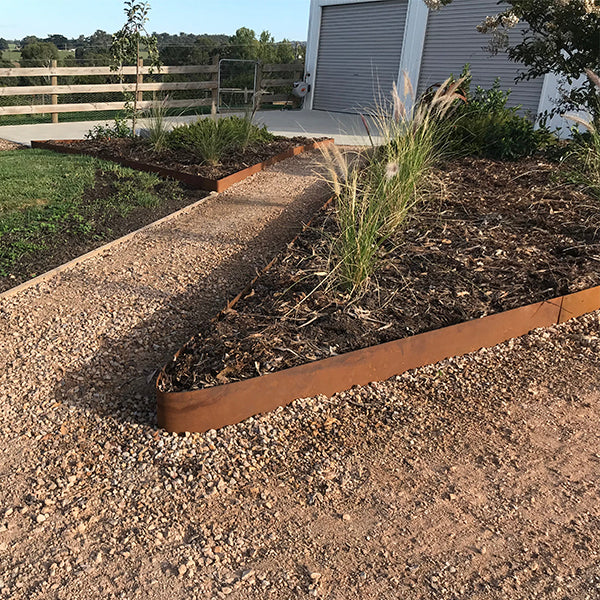
- Brick edging: Brick edging is a classic and elegant option. It is also very durable and long-lasting.

- Stone edging: Stone edging is a natural and rustic option. It can add a touch of elegance to any garden.
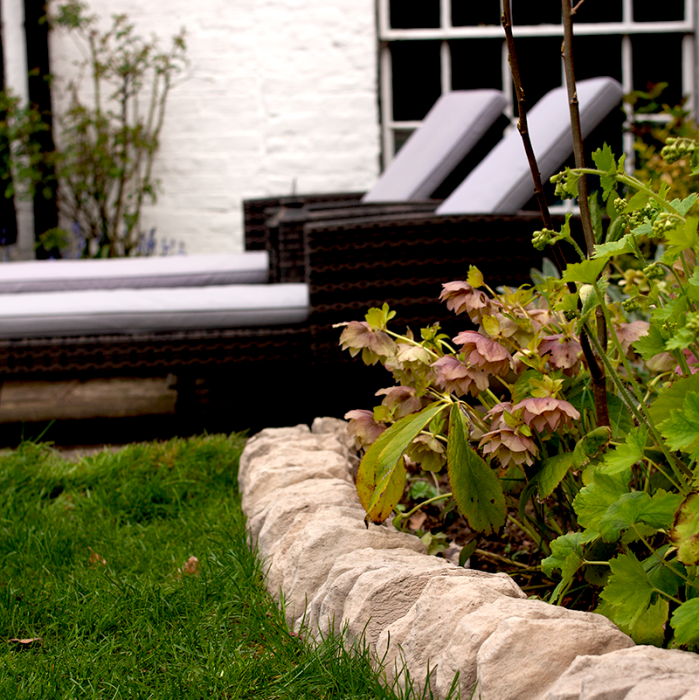
- Wood edging: Wood edging is a natural and affordable option. It is also easy to install and maintain.

- Living edging: Living edging is a natural and sustainable option. It is made up of low-growing plants or shrubs that are planted along the edge of the garden.
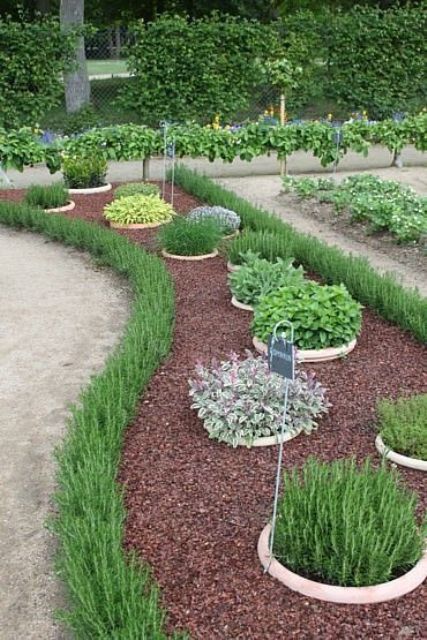
How to Choose the Right Garden Edging
When choosing garden edging, there are a few factors to consider, including:
- The style of your garden: If you have a formal garden, you may want to choose a more elegant edging material, such as brick or stone. If you have a more casual garden, you may want to choose a more natural edging material, such as wood or plants.
- The size of your garden: If you have a small garden, you may want to choose a low-profile edging material, such as plastic or metal. If you have a large garden, you may want to choose a more substantial edging material, such as brick or stone.
- The budget: Garden edging can range in price from very affordable to quite expensive. Choose an edging material that fits your budget.
How to Install Garden Edging
The installation process for garden edging will vary depending on the type of edging material you choose. However, there are some general steps that you will need to follow:
- Mark the outline of the garden bed.
- Dig a trench along the marked outline.
- Install the edging material in the trench.
- Backfill the trench.
- Water the edging material.
Conclusion:
Garden edging is a great way to add definition to your garden and keep your plants and flowers looking their best. There are many different types of garden edging available, so you can choose the one that best suits your needs and style. With a little planning and effort, you can easily install garden edging in your own yard.
Visit Home Gardening for more information about different types of garden edging, including metal, plastic, and natural materials. You'll also find tips on how to install garden edging and how to choose the right type of edging for your garden.
FAQ of garden edging ideas
What are the different types of garden edging?
There are many different types of garden edging, each with its own advantages and disadvantages. Some of the most popular types of garden edging include:
- Metal edging: Metal edging is a durable and long-lasting option. It is available in a variety of materials, including aluminum, steel, and iron. Metal edging can be either rigid or flexible. Rigid metal edging is more difficult to install, but it is more durable. Flexible metal edging is easier to install, but it is not as durable.
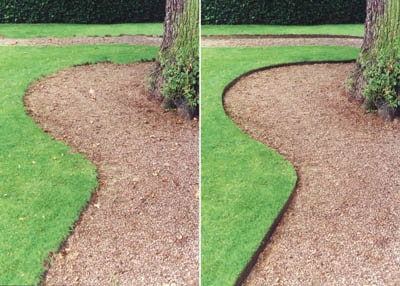
- Plastic edging: Plastic edging is a more affordable option than metal edging. It is available in a variety of colors and styles. Plastic edging is easy to install and maintain. However, plastic edging is not as durable as metal edging.

- Wood edging: Wood edging is a natural and attractive option. It is available in a variety of wood types, including cedar, redwood, and pine. Wood edging is easy to install and maintain. However, wood edging is not as durable as metal or plastic edging.
- Natural edging: Natural edging uses natural materials, such as rocks, bricks, or pebbles. Natural edging is a beautiful and low-maintenance option. However, natural edging can be more difficult to install than other types of edging.
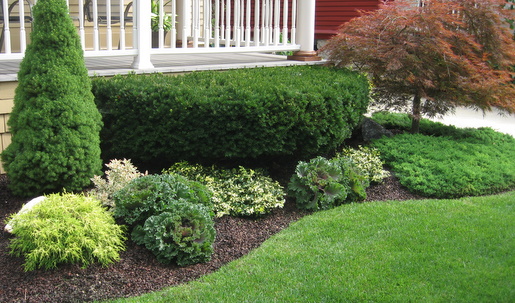
What are the benefits of garden edging?
There are many benefits to using garden edging. Some of the most important benefits include:
- Edging helps to define the space of your garden beds. This can make your garden look more organized and attractive.
- Edging helps to keep your lawn and garden beds separate. This can prevent weeds from spreading from your lawn to your garden beds.
- Edging can help to keep your garden beds from eroding. This is especially important if you live in an area with heavy rainfall.
- Edging can help to keep your garden beds looking neat and tidy. This is especially important if you have a lot of foot traffic in your garden.
What are the things to consider when choosing garden edging?
There are a few things to consider when choosing garden edging. These include:
- The style of your garden. If you have a formal garden, you may want to choose a more formal type of edging, such as metal or brick. If you have a more informal garden, you may want to choose a more natural type of edging, such as wood or pebbles.
- The size of your garden beds. If you have large garden beds, you will need to choose a type of edging that is strong enough to support the weight of the soil. If you have small garden beds, you can choose a lighter type of edging.
- The type of soil you have. If you have hard clay soil, you will need to choose a type of edging that is sturdy enough to withstand the weight of the soil. If you have sandy soil, you can choose a lighter type of edging.
- Your budget. Garden edging can range in price from a few dollars to several hundred dollars. Choose a type of edging that fits your budget.
How do I install garden edging?
The installation process for garden edging will vary depending on the type of edging you choose. However, some general tips for installing garden edging include:
- Start by marking the outline of your garden beds. This will help you to ensure that the edging is installed correctly.
- Dig a trench along the marked outline. The depth of the trench will depend on the type of edging you choose.
- Place the edging in the trench. Make sure that the edging is level and that it is flush with the ground.
- Backfill the trench around the edging. Tamp down the soil to secure the edging in place.
Image of garden edging ideas
- Concrete edging: This is a classic and durable option that can be made to match any style of garden.
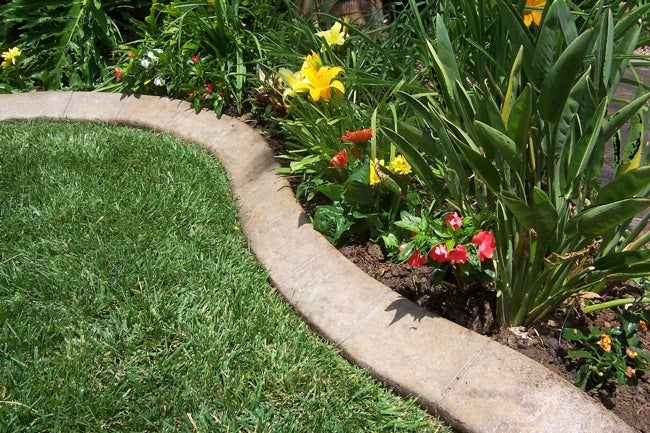
- Metal edging: This is another durable option that is available in a variety of styles, including decorative scrolls and spikes.

- Plastic edging: This is a more affordable option that is easy to install.
- Wood edging: This is a natural and attractive option that can be stained or painted to match your garden's décor.
- Stone edging: This is a luxurious and long-lasting option that can add a touch of elegance to your garden.

- Brick edging: This is a rustic and charming option that can give your garden a country feel.
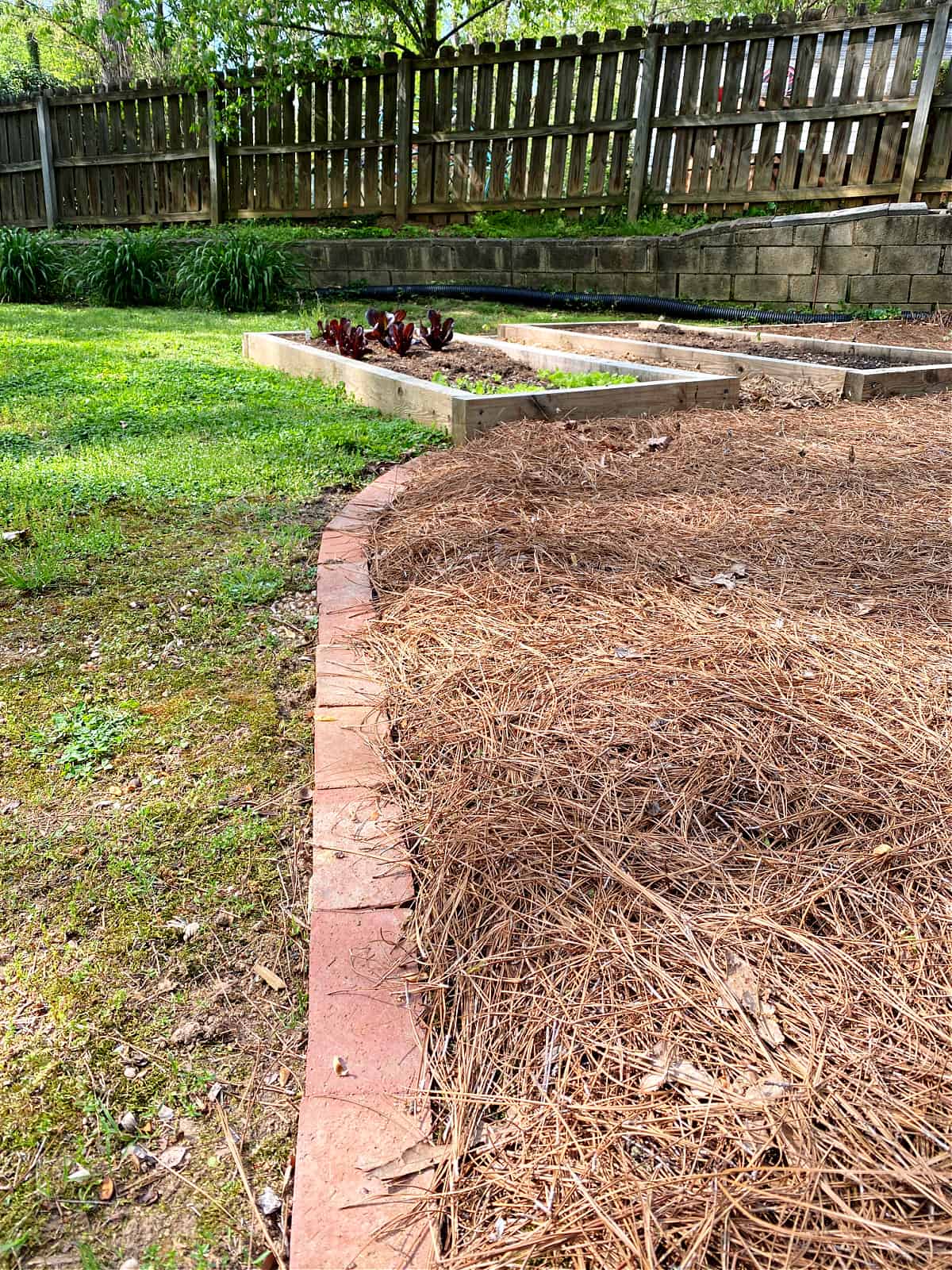
- Pavers edging: This is a versatile option that can be used to create a variety of patterns and designs.
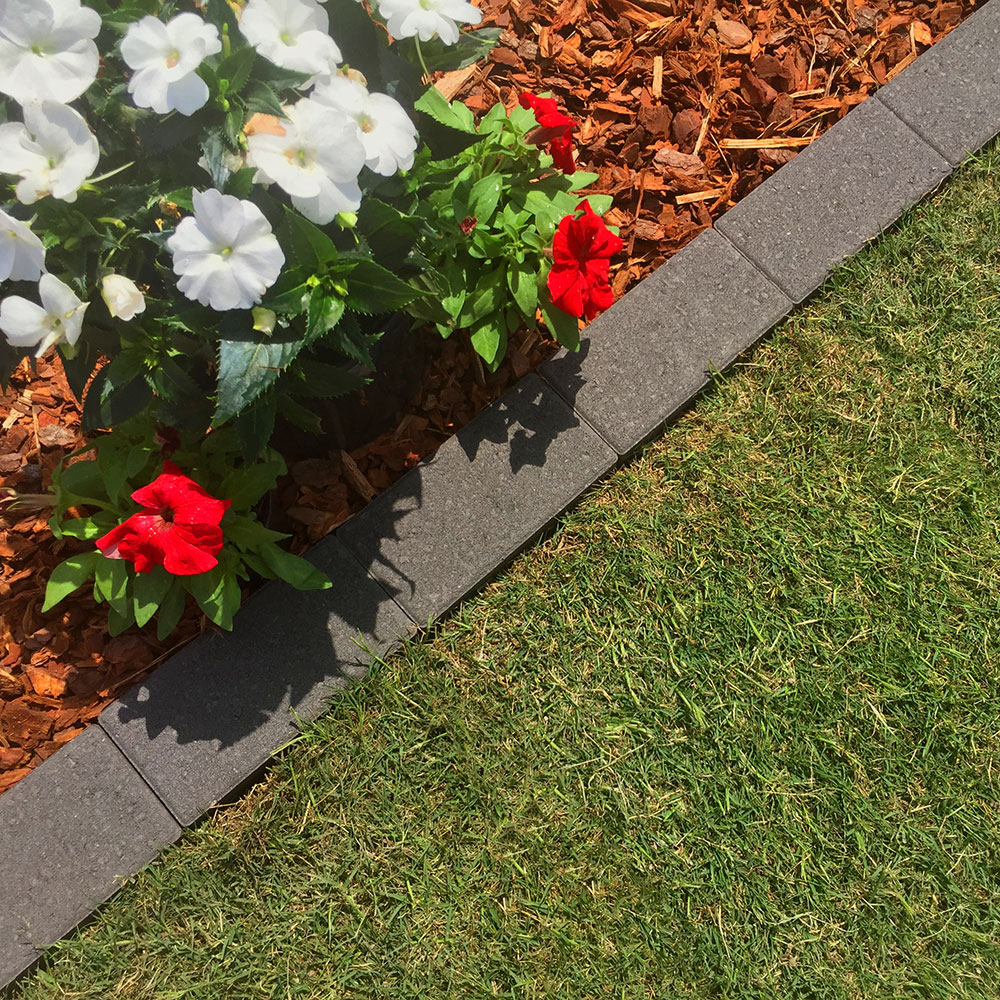
- Cobblestone edging: This is a natural and textured option that can add a touch of character to your garden.

- Living edging: This is a unique option that uses plants to create a natural border for your garden.
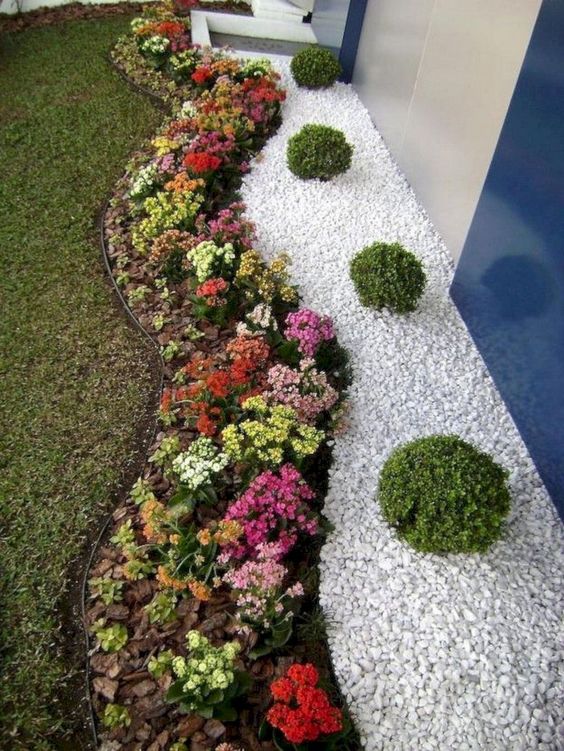

Post a Comment for " Garden Edging Ideas That Will Make Your Yard Look Amazing"